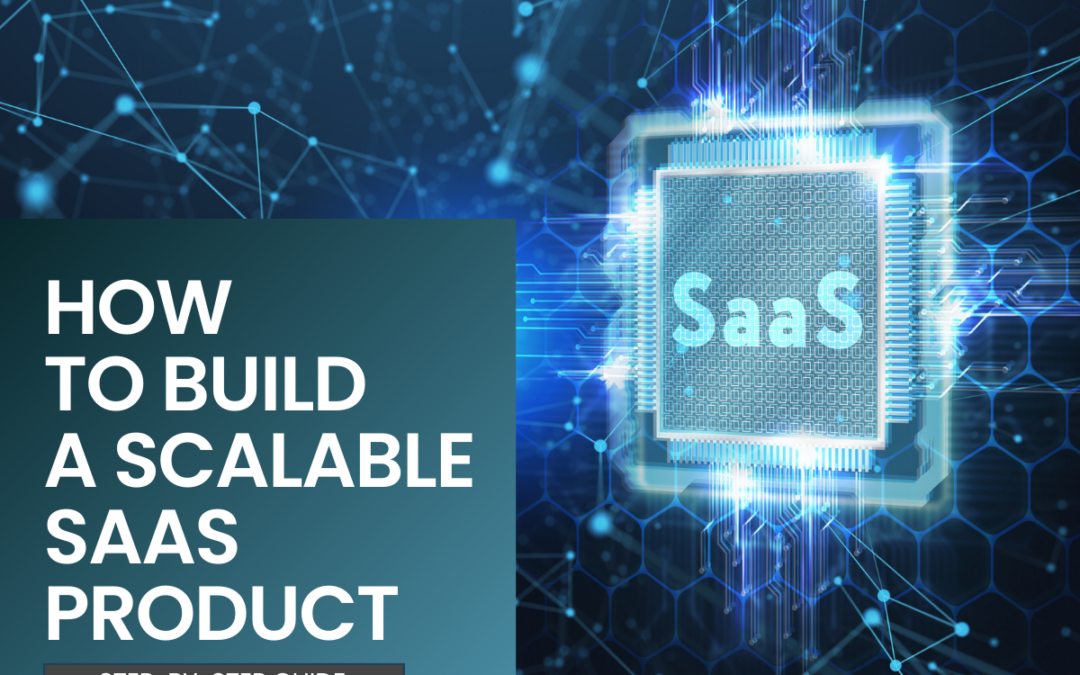Building a SaaS product that is scalable in today’s fast–paced digital environment. It isn’t just coding; it also requires construction of systems that can easily grow to provide for increasing demand. Following a well-considered strategy ensures your SaaS product will stay reliable in use, productive as well as profitable over the years regardless of how big or small your company is. Here’s a step-by-step guide, how to go about it.
Step 1: Determine a Need in the Market
Every successful SaaS product begins by solving a specific problem. Market research is also likely to ask your target audience their problems. In order to get the best return for your effort, conduct surveys or interviews before going into the development phase. Alternatively, develop a minimum viable product (MVP) and find someone
Step 2: Select the Appropriate Technology Stack
Your tech stack should support scalability from the very beginning. Make use of cloud-based infrastructure like Google Cloud, AWS or Azure. Work with an experienced team for development, Make sure that the best web development company in florida is familiar with modern frameworks such as React, Node.js and Python.
Step 3: Create a Scalable Design
Architecture determines whether a SaaS product is scalable. Choose a microservices-based design and start by implementing database optimization, load balancers, and autoscaling. Working with a seasoned website development company in Florida will assist you in producing a product that functions effectively under duress.
Step 4: Give UI/UX design top priority
How good a SaaS solution is mainly depends on the way that users interact with it.Your user interface needs to be attractive, responsive, and easy to use.Consider working with a Connecticut web development firm that knows about cross-platform and accessibility guidelines if you are aiming at diverse audiences.
Step 5: Put into Practice Strong Security
SaaS security is all about zero compromise.Role-based access or data encryption, secure APIs if need be GDPR and HIPAA compliance. Many companies have turned to a Maryland web design firm to provide tough security protocols on their digital products.
Step 6: Create an MVP and make iterations
The main thing you want to do is create an MVP with as few features as possible, allowing yourself to get customer feedback early. Getting input, using data, iteration is most important. To enable growth make sure the product is light-weight and modular.
Step 7: Monitor and Automate
Automate testing, backups, analytics, and CI/CD (Continuous Integration/Continuous Deployment) pipelines. Make sure you keep a close eye on performance indicators and address bottlenecks before they impact users. Top Website development companies in chicago are frequently used by businesses to create and manage automated, cloud-native SaaS solutions.
Step 8: Make a Growth Plan
Multiple users, regions, and integrations should all be supported by your backend. Get ready for worldwide CDN use, data sharding, and horizontal scaling. Reputable web development company in Connecticut can assist you in expanding your business into new areas.
Concluding Remarks
To create the afore-advertized scalable SaaS product takes: technical skill, all the time research for customers’ moving fads in the service industry and growing. Whether you’re seeking a renowned business in a website development company in Florida or investigating a website development company in Maryland, be certain to select someone familiar with the particular problems posed by SaaS systems. With the correct team and plan, you can accommodate changing user requirements into your product.

